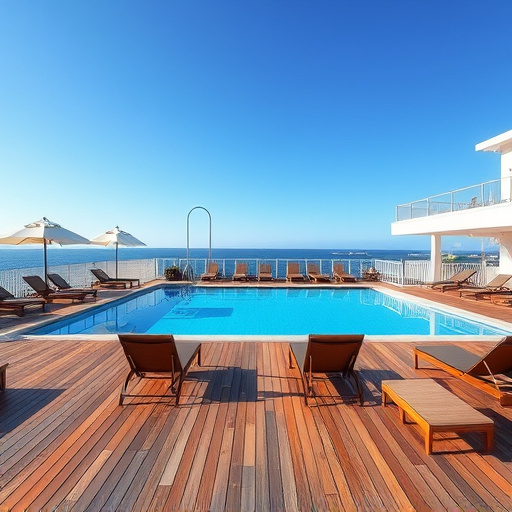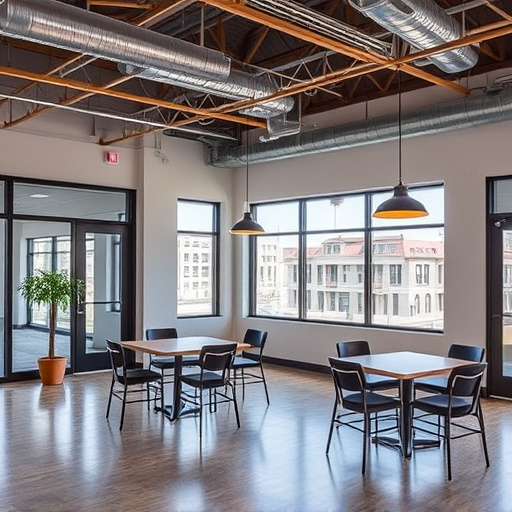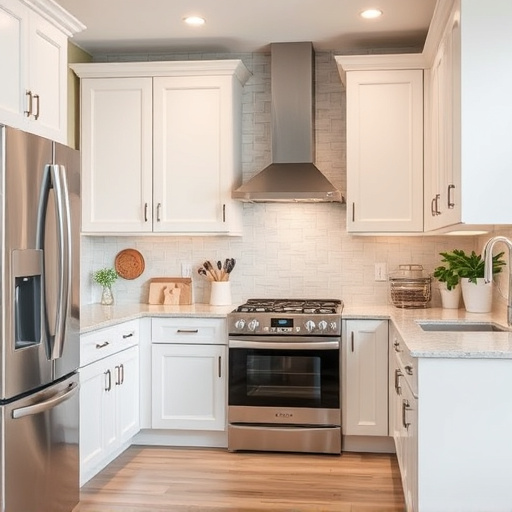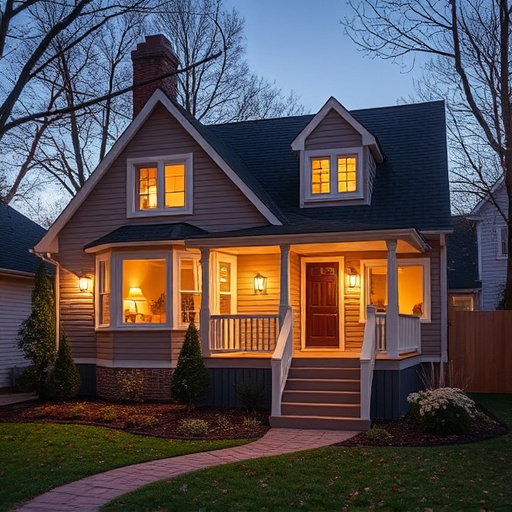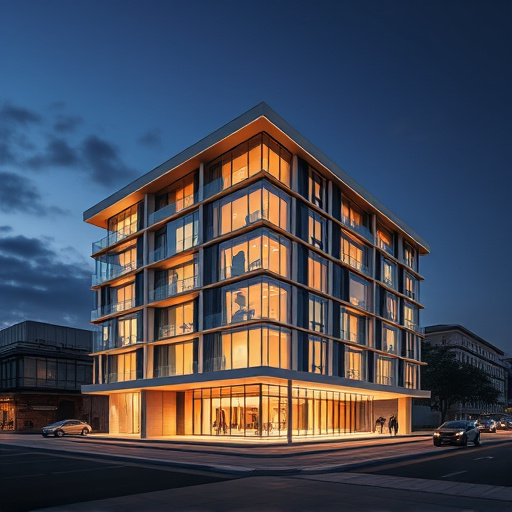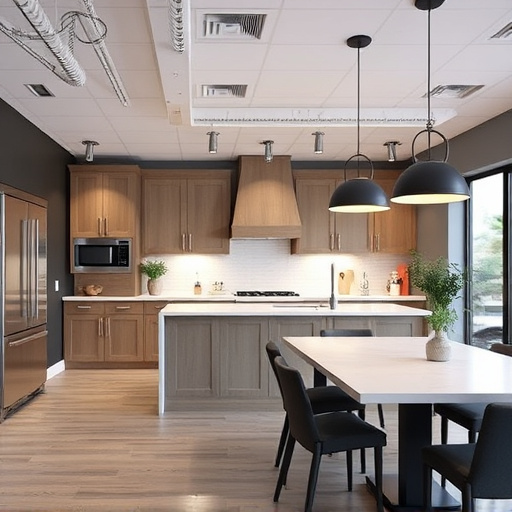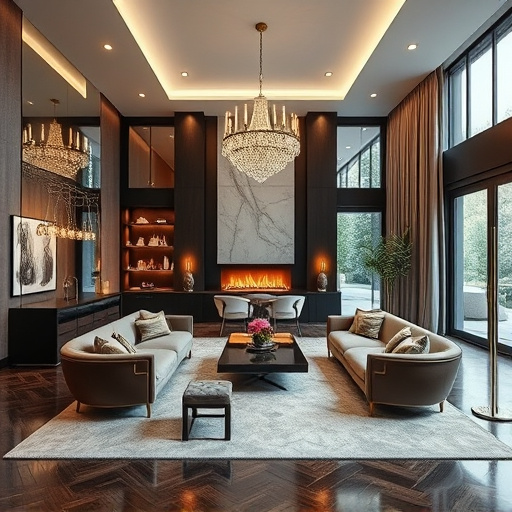When planning countertop design for home additions or remodels, prioritize functionality and material properties over visual appeal alone. Consider high-traffic areas versus statement pieces, workflow optimization in kitchens, durability, aesthetics, and budget to choose the right material (e.g., granite, quartz, marble, laminate) that enhances both space beauty and longevity, aligning with design vision and financial goals.
“Avoid common pitfalls in your countertop design planning for a kitchen or bathroom that’s both functional and aesthetically pleasing. This guide highlights critical errors to steer clear of, focusing on material selection, functionality, and scale. Learn how choosing the right materials can impact durability and budget while understanding the significance of seamless flow in daily routines. Discover the art of balancing form and function through precise measurements to create a harmonious space with beautifully designed countertops.”
- Choosing the Wrong Material
- – Common missteps when selecting countertop materials
- – Impact of material choice on durability, aesthetics, and budget
Choosing the Wrong Material
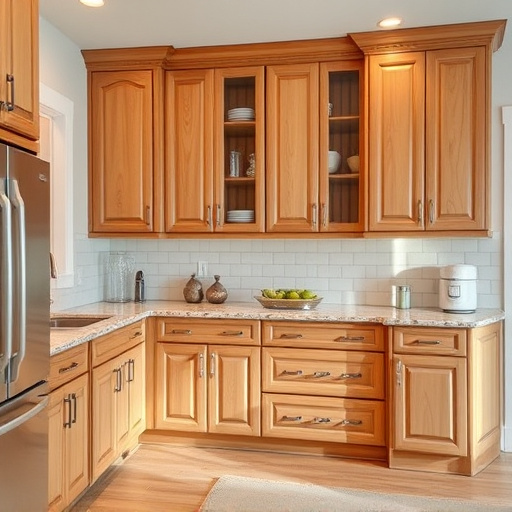
When planning your countertop design, one of the most common mistakes to avoid is choosing the wrong material. While aesthetics are crucial, functional considerations should take precedence. Different materials offer unique benefits and drawbacks; for instance, natural stones like granite and marble are beautiful but require extensive sealing and care compared to more durable synthetic surfaces like quartz or laminate.
For those considering a bathroom remodel or kitchen renovation services, understanding the needs of your space is vital. High-traffic areas benefit from low-maintenance options, whereas statement pieces in backsplashes might be better suited for less frequented rooms. Remember that the right material should complement your lifestyle and fit seamlessly with your overall design vision, whether it’s a modern, minimalist aesthetic or a traditional, rustic feel.
– Common missteps when selecting countertop materials
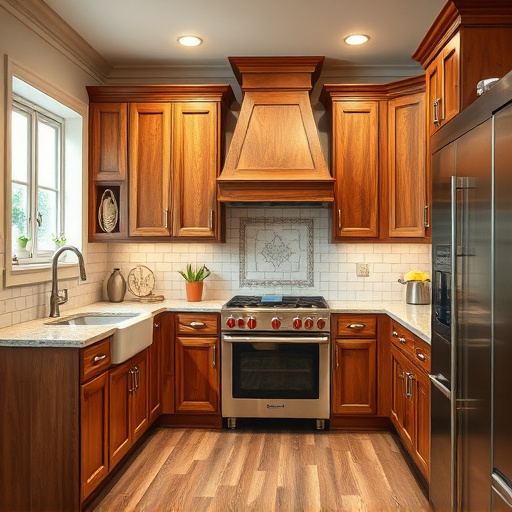
When planning a countertop design, many homeowners fall into common traps that can significantly impact their project’s outcome. One of the most frequent missteps is choosing materials solely based on visual appeal without considering practicality and longevity. Each material has unique properties; for instance, while granite is aesthetically pleasing and durable, it requires thorough sealing and maintenance to prevent staining. On the other hand, laminates might be more budget-friendly but offer limited design options and are not as heat-resistant or scratch-resistant as natural stones.
Another mistake often made during a home additions or whole house remodels is neglecting to think about the countertop’s functionality in relation to the space. In a kitchen, for example, consider the workflow and how the counter will accommodate various tasks. A poorly designed countertop can hinder movement and create an inefficient workspace. Conversely, thoughtful planning can enhance productivity by incorporating features like built-in storage or a dedicated area for food preparation, especially when remodeling multiple rooms in your home.
– Impact of material choice on durability, aesthetics, and budget
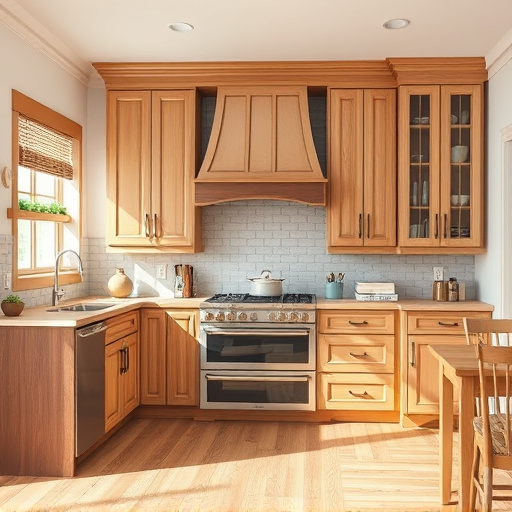
When planning your countertop design, material choice is a crucial factor that significantly influences both durability and aesthetics. Different materials, from granite and quartz to marble and laminate, offer varying levels of resilience against scratches, stains, and heat. For instance, granite, known for its natural beauty and durability, requires less maintenance but can be pricier; while laminate, more budget-friendly, may chip or fade over time under heavy use. Balancing these factors is key during home remodeling to ensure your countertop design not only looks stunning but also stands the test of time in your customized home renovations.
Moreover, material selection directly impacts your budget. High-end materials like marble offer a luxurious look but come with a higher price tag. In contrast, synthetic options are more affordable but may lack the same level of uniqueness and sophistication. Considering your desired design aesthetics and project budget simultaneously is essential when planning multiple room remodel projects. This thoughtful approach ensures that your countertop design not only enhances the beauty of each space but also aligns with your financial goals.
When planning your countertop design, awareness of common mistakes can help ensure a beautiful and functional result. From choosing the wrong material based on trend over substance to neglecting the impact of edge profiles and finishes, each decision point matters. Remember, your countertop is a key element in both the functionality and aesthetics of your space, so invest time in understanding your options and selecting materials that align with your needs, budget, and long-term desires for durability and style.
